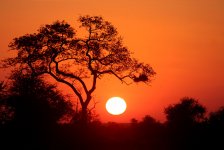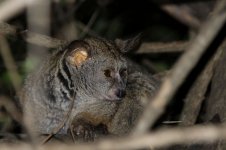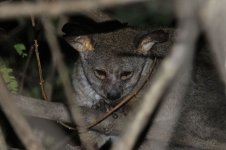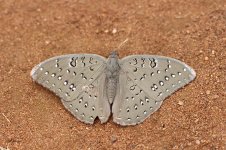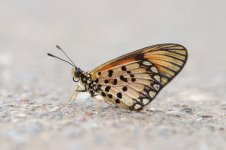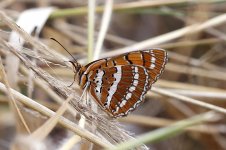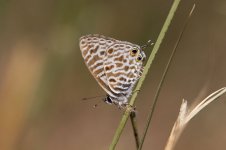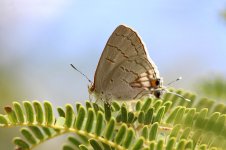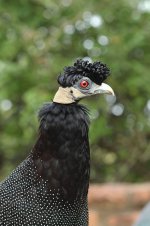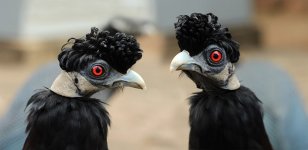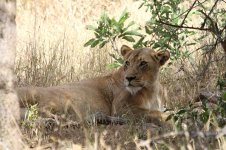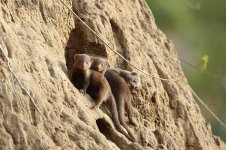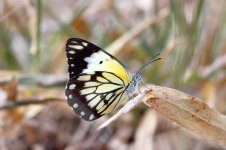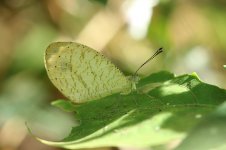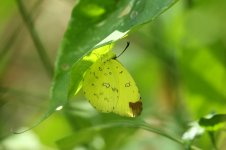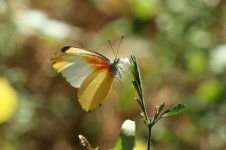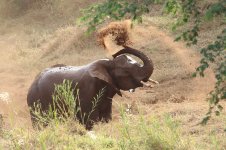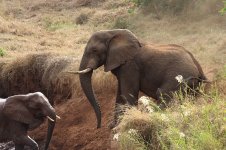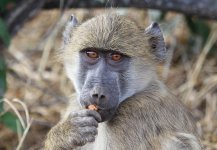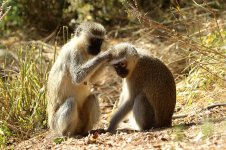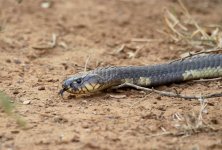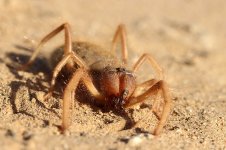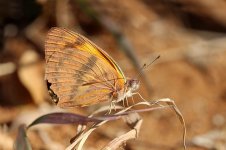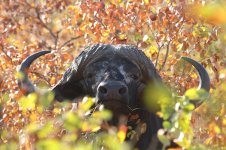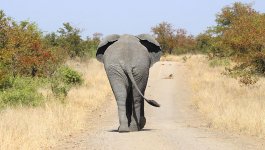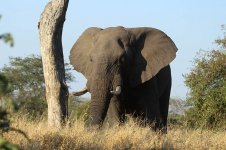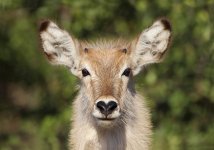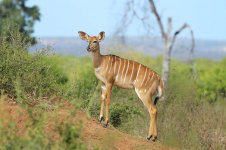
Travelled on 9-28 June, so a bit slow getting this report done, but finally finished both text and images, so here we go...
This three-week trip was very much planned with mammals as the priority, the key targets being a select group of nocturnal mammals, headed by iconic species such as Aardvark, Aardwolf, Black-footed Cat and Greater Bushbaby.
In order to maximise mammalian diversity, my itinerary incorporated some of South Africa's top localities. In brief, the trip began with a week travelling the length of Kruger National Park, before I then crossed to the north-west of the country to spend a few days in the amazing Kgalagadi Transfrontier National Park. From here, I dropped south to Augrabies Falls and thereafter to the Kimberly area to sample the delights of the night on property of Marrick Safari, also visiting the excellent grasslands of Mokola National Park. Concluding the trip, I travelled down to Cape Province for some days at De Hoop National Park and the Cape Town area, a chance to add a number of marine species and Cape Clawless Otter.
Over the course of the trip, I saw 84 species of mammal, perhaps the most unexpected being a Cape Dune Mole-Rat feeding above ground at midday, a bonus indeed. Needless to say, visiting Southern Africa's most renowned wildlife localities, the trip was also productive in terms of birds and other wildlife, including Snouted Cobra, Puff Adder and Cape Rock Scorpion. In the Kruger area, I also took an interest in the relatively small number of butterflies that fly in the southern mid-winter, seeing a total of 34 species. Away from Kruger, subject to lower night temperatures, butterflies were largely absent.
This three-week trip was very much planned with mammals as the priority, the key targets being a select group of nocturnal mammals, headed by iconic species such as Aardvark, Aardwolf, Black-footed Cat and Greater Bushbaby.
In order to maximise mammalian diversity, my itinerary incorporated some of South Africa's top localities. In brief, the trip began with a week travelling the length of Kruger National Park, before I then crossed to the north-west of the country to spend a few days in the amazing Kgalagadi Transfrontier National Park. From here, I dropped south to Augrabies Falls and thereafter to the Kimberly area to sample the delights of the night on property of Marrick Safari, also visiting the excellent grasslands of Mokola National Park. Concluding the trip, I travelled down to Cape Province for some days at De Hoop National Park and the Cape Town area, a chance to add a number of marine species and Cape Clawless Otter.
Over the course of the trip, I saw 84 species of mammal, perhaps the most unexpected being a Cape Dune Mole-Rat feeding above ground at midday, a bonus indeed. Needless to say, visiting Southern Africa's most renowned wildlife localities, the trip was also productive in terms of birds and other wildlife, including Snouted Cobra, Puff Adder and Cape Rock Scorpion. In the Kruger area, I also took an interest in the relatively small number of butterflies that fly in the southern mid-winter, seeing a total of 34 species. Away from Kruger, subject to lower night temperatures, butterflies were largely absent.




